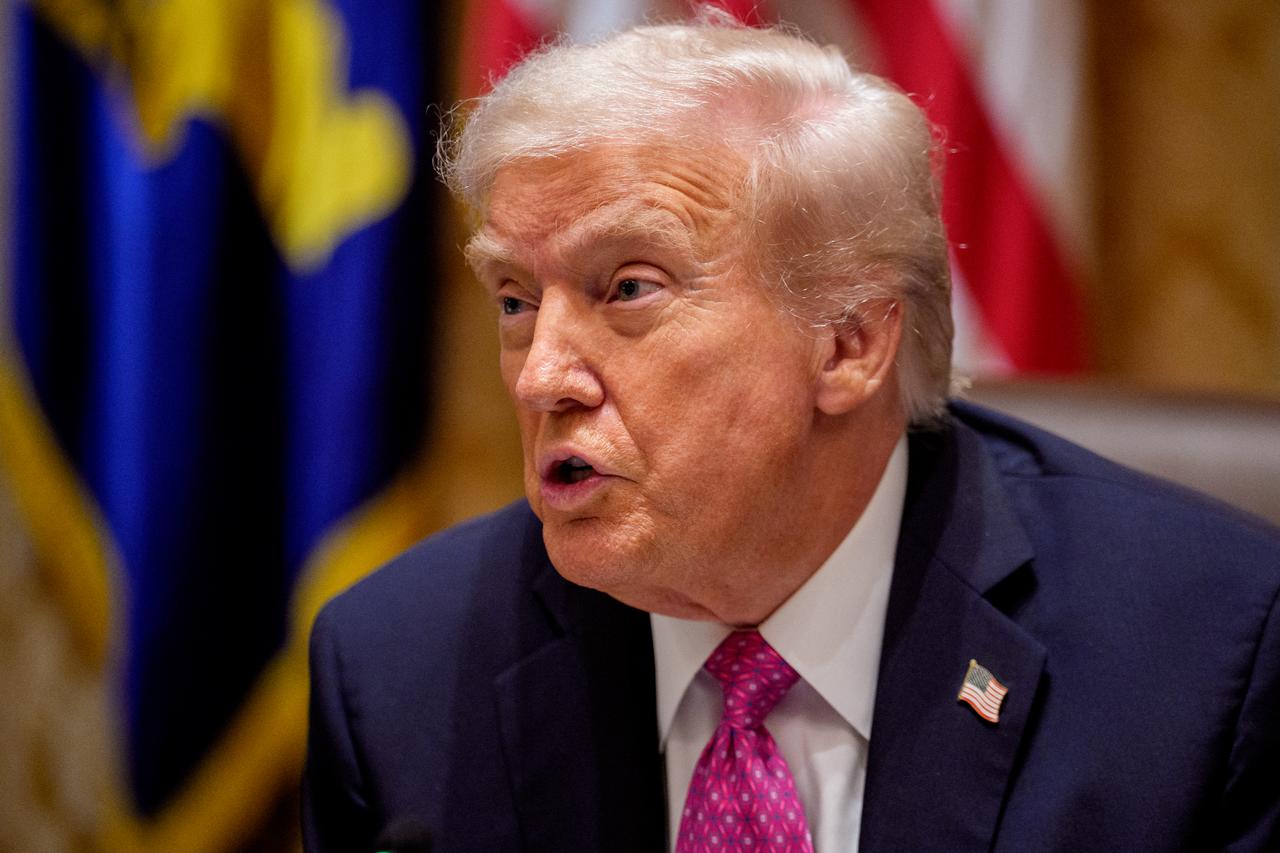
U.S. President Donald Trump told Ukrainian President Volodymyr Zelenskyy in a "tense meeting" on Friday that he does not intend to provide long-range Tomahawk missiles, at least for now, according to sources briefed on the encounter.
The meeting was reportedly "not easy", with Trump taking a firm stance against Zelenskyy's primary request for the advanced weapons system. "Nobody shouted, but Trump was tough," according to one source familiar with the discussion speaking to Axios.
"Trump gave several strong statements during the meeting and at some points it got a bit emotional," a second source said. The meeting ended abruptly after 2.5 hours. "I think we're done. Let's see what happens next week," Trump said, referring to planned talks between the U.S. and Russia.
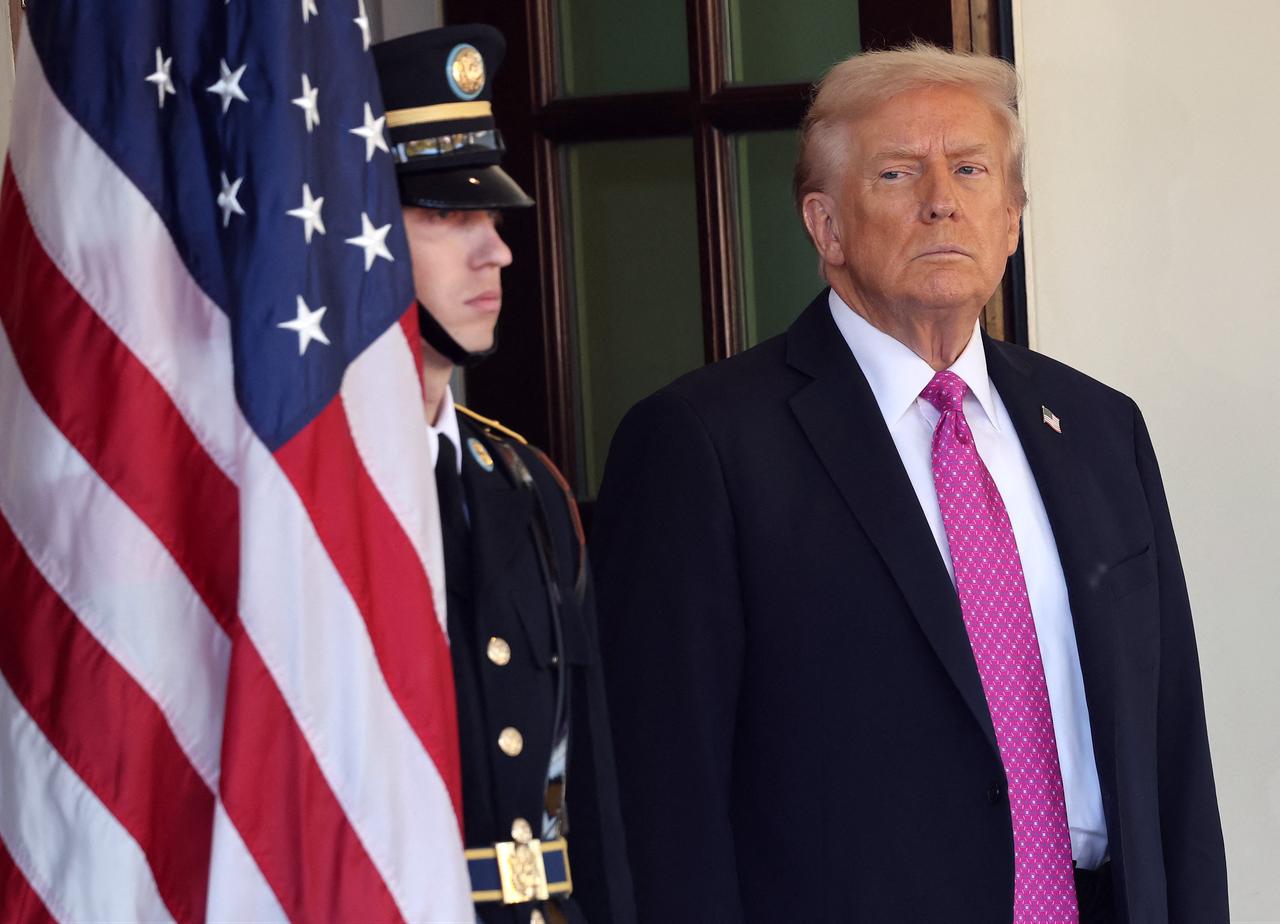
Trump's rejection of Tomahawk missiles reflects his shift in focus to diplomatic negotiations. The president made clear his priority now is diplomacy with Russia, and he believes providing Tomahawks could undermine those efforts.
During the meeting, Trump reportedly briefed Zelenskyy on a lengthy Thursday call with Russian President Vladimir Putin. He stressed that the current U.S. proposal for a diplomatic solution is for the war to end with the front lines frozen in place—a difficult proposition for Ukraine to accept.
Trump hinted at that stance in a Truth Social post following the meeting. After describing the meeting as "interesting" and "cordial," he said he had told both Zelenskyy and Putin that it was time to "stop where they are," adding: "Let both claim Victory, let History decide!"
Trump then departed for Mar-a-Lago without taking questions from the press.
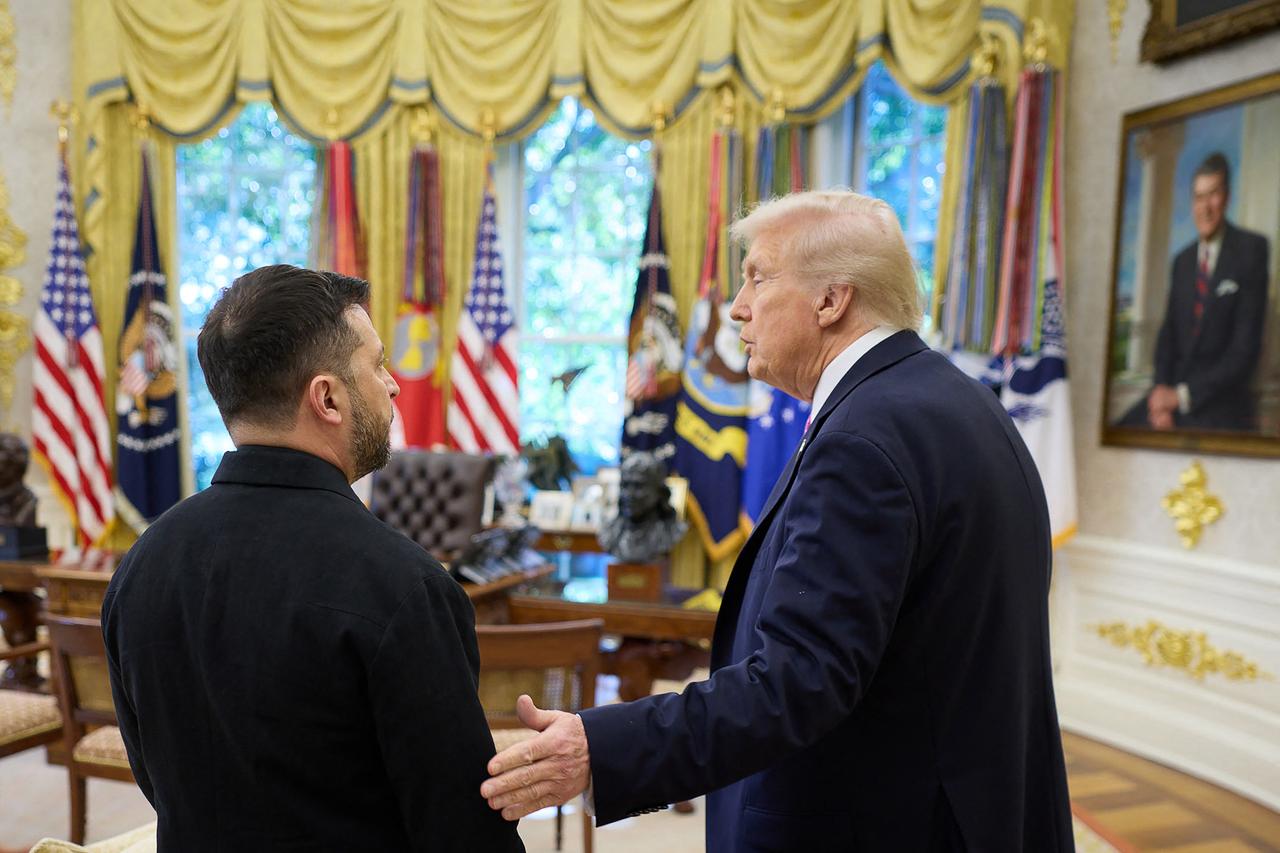
Zelenskyy had hoped to leave Washington with commitments on new weapons for Ukraine. Instead, he found Trump in a fundamentally different state of mind a day after his call with Putin.
During the meeting, Zelenskyy pushed hard on Tomahawks, but Trump pushed back and showed no flexibility, according to sources speaking to Axios. Zelenskyy's chief of staff had told reporters ahead of the meeting that his number one priority was to secure commitments from Trump not just on Tomahawks but on a variety of weapons systems Ukraine wished to obtain.
Trump offered no such commitments.
In a subsequent briefing with reporters, Zelenskyy confirmed they had discussed Tomahawks but said he and Trump had decided not to discuss the matter publicly because the U.S. wants to avoid escalation. "When asked if he's optimistic about the Tomahawks, Zelensky said: 'I'm realistic,'" according to reports.
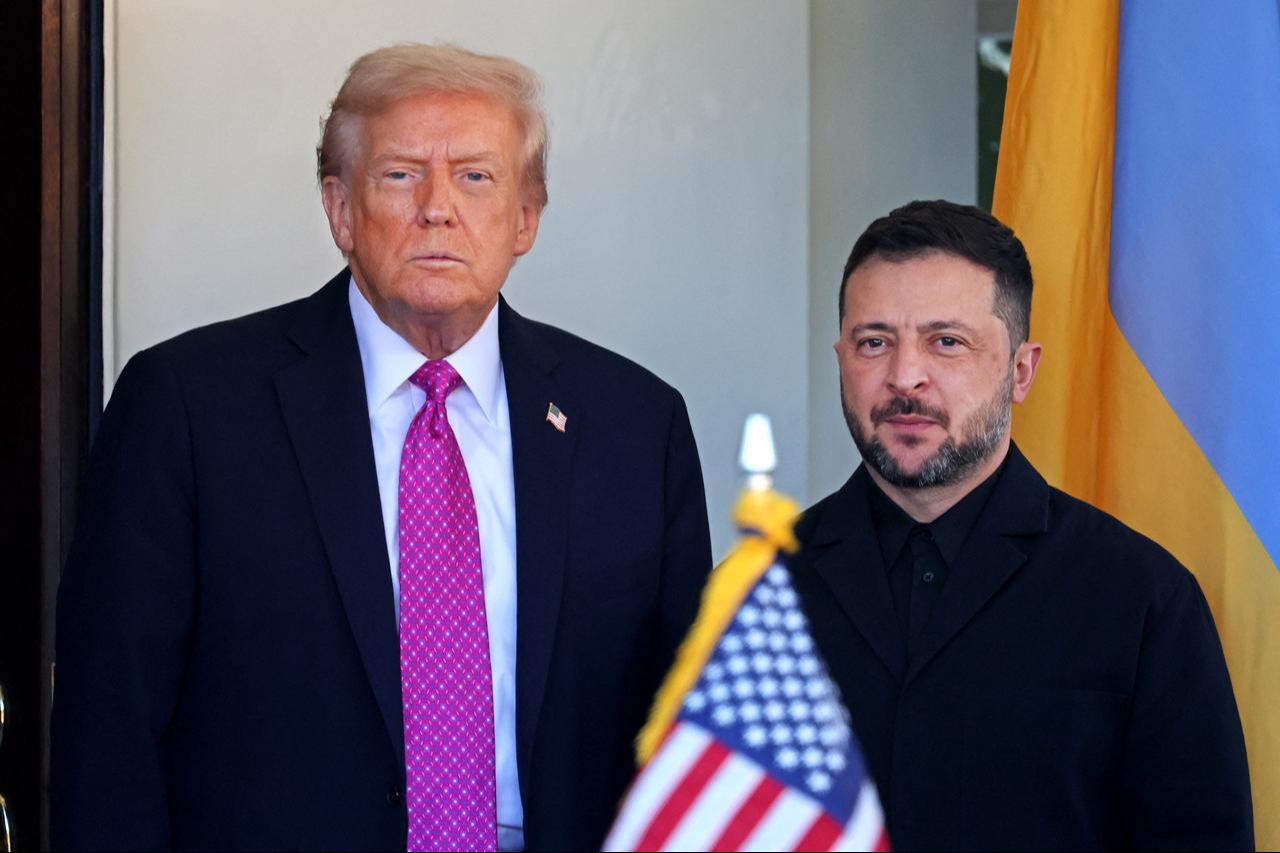
Defense analyst Arda Mevlutoglu wrote in an analysis for state-run Anadolu Agency (AA) that Tomahawk missiles represent a weapon system with both military and political significance far beyond their immediate tactical impact.
"The missile, with its range exceeding 1,500 kilometers and high accuracy, would provide Ukraine with the capability to strike Russia's strategic bases, facilities and infrastructure deep within Russian territory," Mevlutoglu wrote.
However, he noted that providing Tomahawks carries significant diplomatic risks. "From Russia's perspective, providing such a weapon to Ukraine means NATO's direct involvement in the war," Mevlutoglu stated.
"In other words, the Russian side views this transfer as a threshold that could create a direct conflict risk between the U.S. and Russia," he added.
Russian President Vladimir Putin warned on Oct. 2 that providing Tomahawks to Ukraine would destroy Russia-U.S. relations and could trigger a dangerous escalation process, since Tomahawk use requires direct American involvement.
Mevlutoglu added that Tomahawk transfers could damage Russia's Black Sea Fleet infrastructure and post-war influence in the region. "A damaged port infrastructure and ship repair facilities, or the sidelining of large naval vessels, could weaken Russia's ability to protect its claims and interests in the region following the war," he wrote.
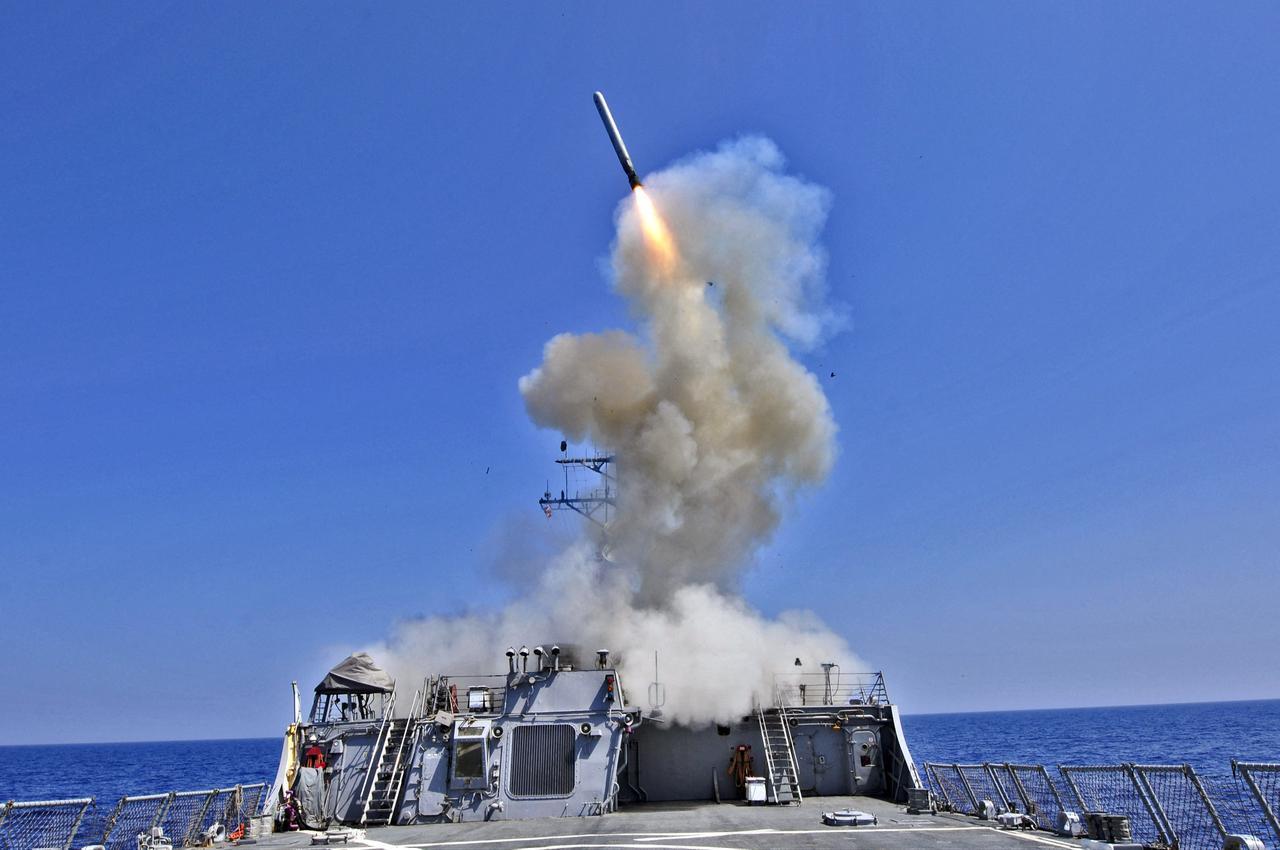
Despite ongoing military aid from the West, Ukraine faces limitations in striking Russian strategic targets. Ukraine currently uses Western-supplied Storm Shadow missiles and various sizes of kamikaze drones, as well as domestically developed FP-5 Flamingo long-range cruise missiles. However, these systems remain insufficient for reaching critical targets deep in Russian territory.
According to Mevlutoglu, Ukraine's persistent demand for Tomahawks stems from three main reasons: gaining retaliation and deterrence capability against Russian long-range attacks; striking supply, command and economic targets to change the war's trajectory; and boosting domestic morale while strengthening Western support messages.
However, Mevlutoglu noted that the system's technical requirements would create complications. "To use the Tomahawk effectively, Ukraine would need access to precise U.S. military intelligence data," he wrote.
"Providing high-resolution data of terrain and target areas, determining missile flight and attack profiles would require direct U.S. involvement in assault planning and execution processes. This could be interpreted by Russia as direct U.S. participation in the war," Mevlutoglu noted.
Immediately after the Trump meeting, Zelenskyy held a conference call with European leaders. Several seemed puzzled about Trump's apparent change of heart, according to a source on the call speaking to Axios.
The leaders quickly put out coordinated statements of support for Ukraine—a clear indication that the meeting with Trump was unsuccessful.
During Zelenskyy's call with European leaders, U.K. Prime Minister Keir Starmer proposed working with the U.S. to draft a peace plan for Ukraine along the lines of Trump's 20-point plan for Gaza.
NATO Secretary-General Mark Rutte proposed an urgent follow-up call between European national security advisers over the weekend.
Trump intends to meet Putin in Budapest sometime in the next two weeks, indicating his continued focus on direct diplomatic engagement with Russia rather than military escalation.